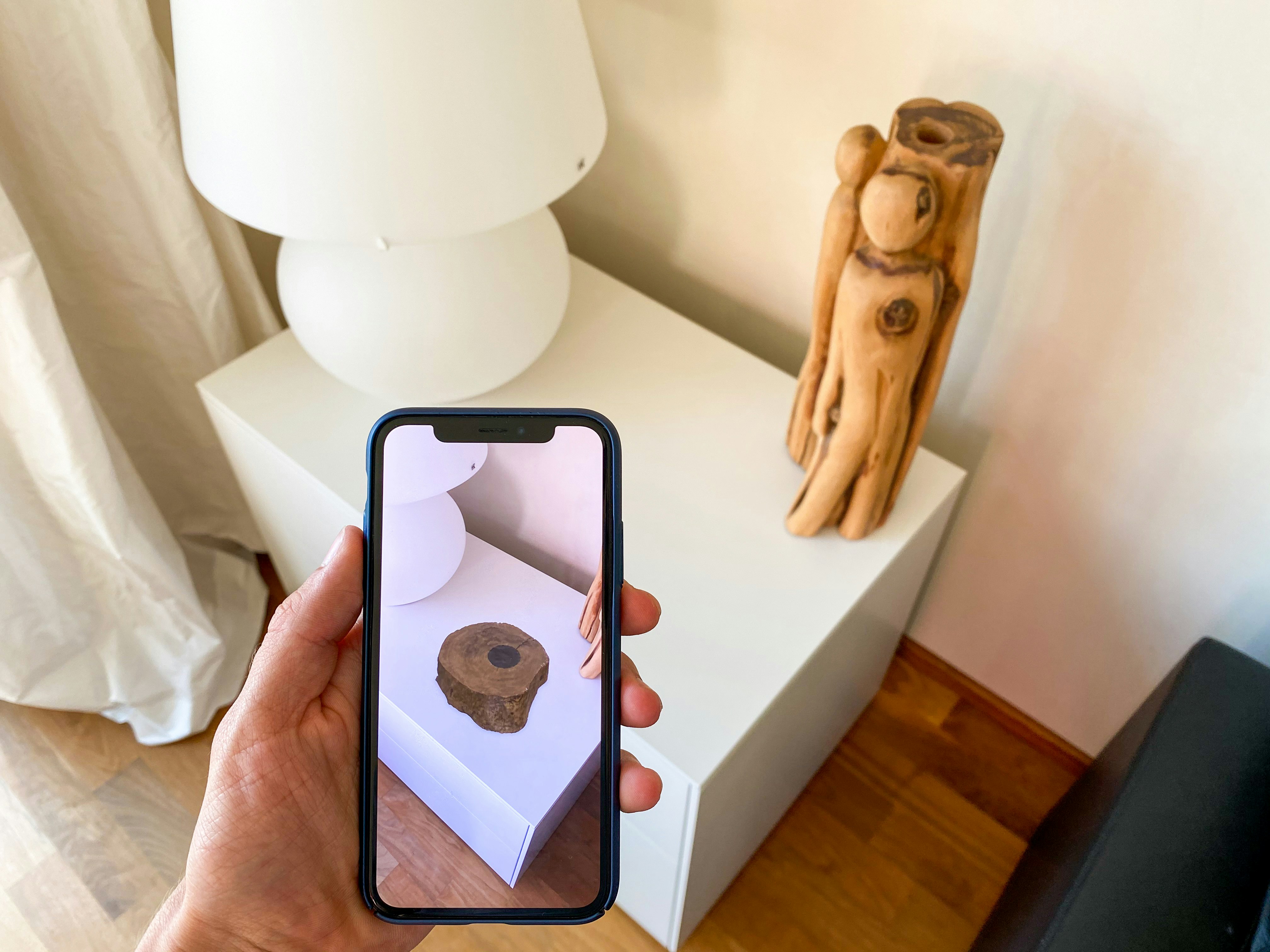As augmented reality continues to grow across industries — from retail and fitness to education and enterprise — one key question arises:
How do we onboard users into AR experiences in a way that feels intuitive, not overwhelming?
Traditional onboarding patterns don’t cut it in immersive environments. AR demands a different approach to user education, combining spatial UX, gesture training, and contextual feedback.
Here’s how to design onboarding flows that truly empower users in augmented spaces.
1. Start simple – reduce cognitive load
First-time users may be unfamiliar with gestures, tracking, or 3D interactions. The goal is to minimize complexity in the first moments. Avoid overwhelming overlays and start with one action at a time — like scanning the environment or tapping on a floating UI element.
2. Use interactive tutorials, not static tooltips
Instead of flat UI instructions, use immersive guides that walk users through actions inside the AR space. Highlight gestures, give live feedback, and celebrate success (e.g. “Great job placing your first object!”).
3. Build trust with feedback and safety cues
AR can blur the line between real and digital. Good onboarding reinforces the user’s sense of control and safety. Use visual anchors, real-world tracking indicators, and boundaries to help them feel grounded and confident in their surroundings.
4. Teach by doing – embrace experiential learning
AR onboarding works best when it’s hands-on. Prompt users to interact immediately rather than passively watching. For example: “Look around until you see a glowing circle — now tap to interact.”
5. Adapt onboarding to context and skill level
Personalize the experience based on the device (smartphone vs headset), user behavior, or app category. In educational apps, offer layered onboarding where users can dive deeper into features gradually as they progress.
Final Thoughts
Onboarding in AR isn’t just about explaining controls — it’s about building comfort, confidence, and curiosity. A well-designed AR onboarding experience bridges the gap between novelty and usability, setting the stage for long-term engagement.
Whether you’re building an AR learning tool, shopping assistant, or fitness app, start by guiding users with clarity, empathy, and interaction.
Because the future of UX is spatial — and onboarding is where it begins.





